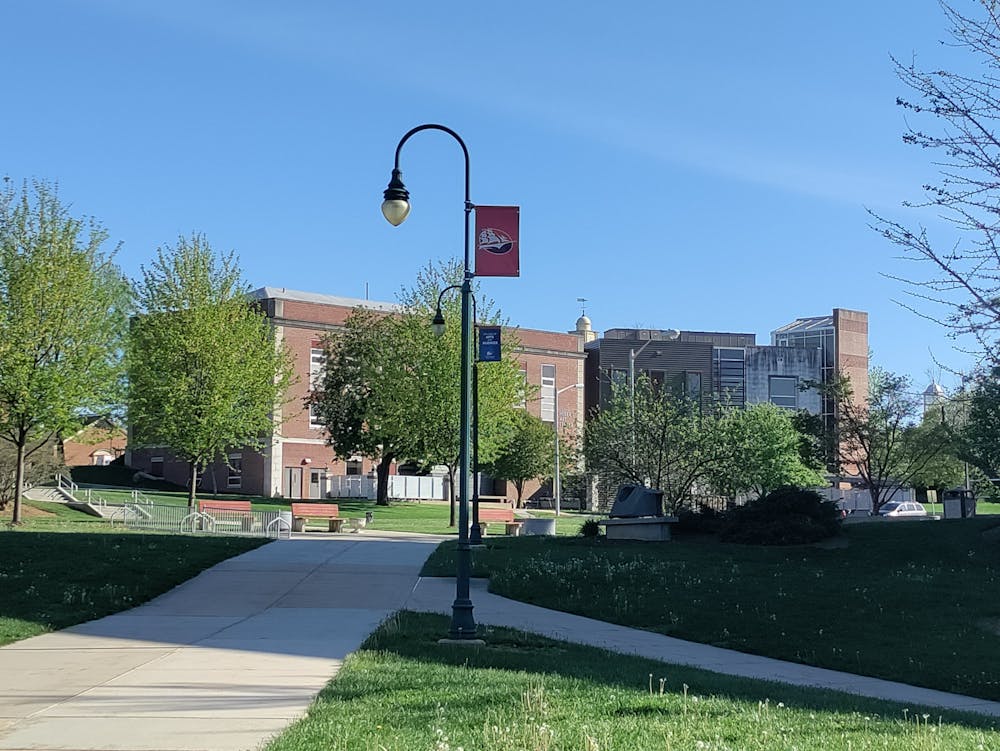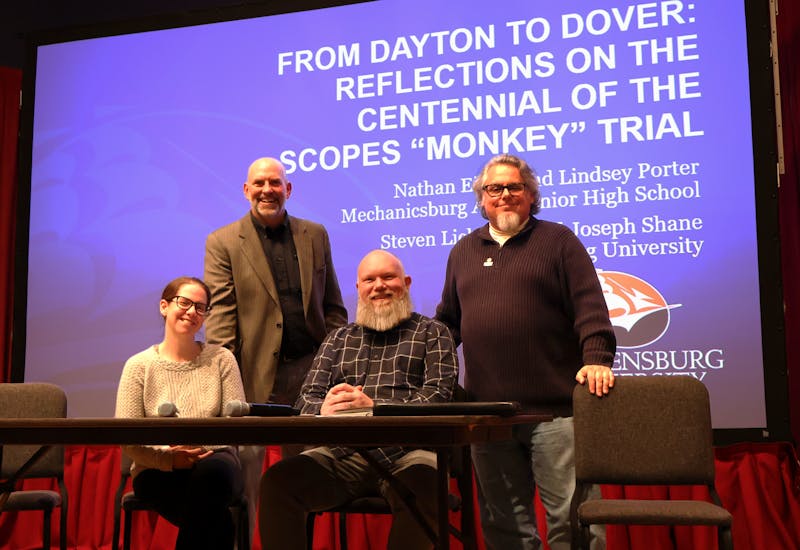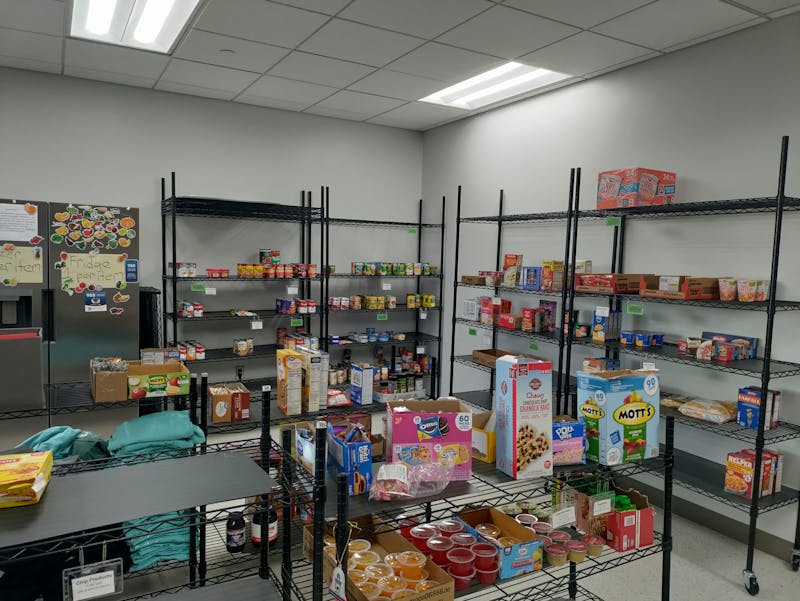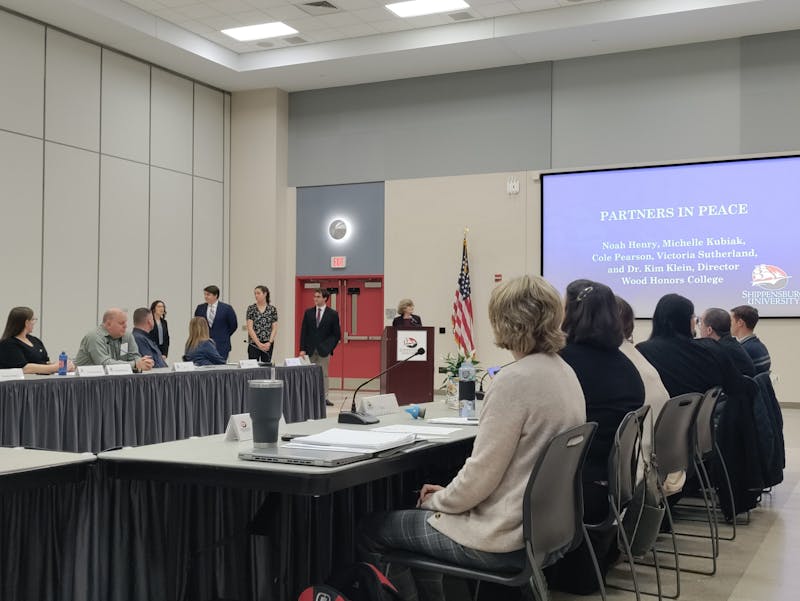Shippensburg University faculty are navigating a period of administrative and academic uncertainty as the university faces budgetary challenges, potential department mergers and the departure of Provost Darrell Newton earlier this month.
Newton’s exit was announced by SU President Charles Patterson on April 8. Since then, very little has been said.
Apart from an email announcing Newton’s resignation that was sent to faculty and staff, no public announcement of Newton’s departure has been made as of April 28.
The timing of Newton’s departure was not coincidental. Patterson’s decision to announce the transition in April rather than over the summer was made to avoid looking suspicious, according to SU Professor Charles Dudley Girard.
Meanwhile, faculty remain concerned about the future of several academic departments amid the university’s budgetary strains.
According to a university budget presentation earlier this year, the revised 2024-25 fiscal year budget projects a surplus of $1.06 million. However, according to Girard, that is likely to be revised down to a deficit.
While the university has reserves, years of deficit spending have drained them substantially. While the Pennsylvania State System of Higher Education is likely to see a 6.5% increase in state appropriations, Girard noted that it will likely be insufficient to keep pace with rising costs.
Because state funding only accounts for around 30% of the university’s budget, that 6.5% increase ends up being closer to a 2% increase, which is quickly eclipsed by increasing insurance costs and inflation.
To manage this shortfall, the administration’s deficit reduction plan primarily relies on the attrition of faculty and staff.
While the plan targets 10 retirements per year over three years, the approach is made more complicated by the uneven spread across departments.
All four tenured faculty in the art and design department are set to retire at the end of the academic year.
Art professors Steve Dolbin and Michael Campbell described a stressful situation for students, who have expressed concerns about course availability and program stability.
“There’s going to be a little bit of a bumpy road,” Campbell said. “So, we just kind of sit tight and work through it.”
Potential departmental mergers are another source of stress. While currently on hold following Newton’s departure, at least two such mergers were being discussed.
While the discussions remain paused for now, they are likely to continue, and departments may see mergers in the next two years.
Girard, who serves as the director of the Milton & Doreen Morgan School of Engineering, said that one of the planned mergers was the physics department with the mechanical and civil engineering department.
Another potential merger included the art and design department and the music and theater department. With most of the art department’s faculty leaving, some students have worried that such a merger was likely.
Dolbin remains optimistic though. He is confident in Nicole Hill, who moved up to become Interim Provost following Newton’s departure. “She’s an amazing person. She’s a trustworthy person,” Dolbin said.
Hill previously served as interim provost prior to Newton’s hiring, after the departure of Provost Tom Ormond in June 2022.
Apart from budgetary concerns, Girard noted that there are issues with staffing committees. Departments with only three or four faculty often have difficulty assigning faculty to numerous committees.
Girard likened the issue to the Student Government Association’s inability to find students for its elected positions. Of 14 open seats, only five were filled in the most recent round of elections.
Despite the challenges, faculty said they remain committed to supporting students. Several faculty, including Dolbin and Girard, expressed cautious optimism at the university’s ability to navigate the current turbulence.





The Slate welcomes thoughtful discussion on all of our stories, but please keep comments civil and on-topic. Read our full guidelines here.